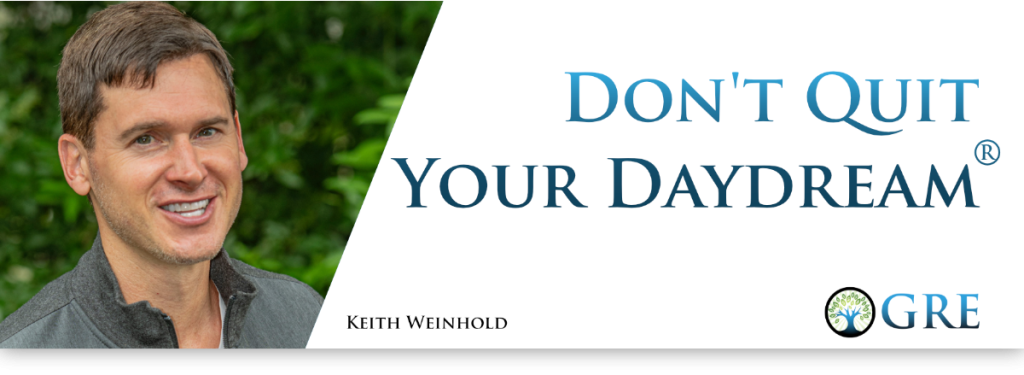The headlines say homes are so expensive that you’d think Millennials would be forced to live in IKEA showrooms.
It took 8 gold kilos to buy an average home in 1920. Here in 2025, just 4 kilos.
In terms of gold, homes are half the price today.
What in the Monetary Twilight Zone happened?
What in the Monetary Twilight Zone happened?
The 1913 creation of the Federal Reserve inflated away your dollar’s purchasing power over time.
That was like giving your teen a credit card with no limit and hoping for the best.
Then removing the dollar’s last link to gold redeemability in 1971 freed the reigns for unlimited dollar creation. (Kiyosaki & I discussed that here.)
Before long, dollars got so flimsy that dive bars started stapling them to the wall as décor. Next stop, kindling for your backyard fire pit.
Homes only seem expensive because their values are usually compared to dollars. But that’s faulty because dollars are a moving measuring stick.
This is like saying that an hour has 60 minutes this year, and just 55 minutes next year. That doesn’t work. Sheesh, in a few years, everyone would run a marathon in “under an hour”.
Here’s what’s even more amazing. Despite homes only costing half as much today as they did in 1920 (in gold), you also “get more home” today.
Today’s homes have smaller lot sizes. But they have amenities people couldn’t have even dreamed of in 1920.
1920 home → 2025 home:
- 1,048 sf → 2,411 sf
- No garage → Heated garage
- 1 bathroom or an outhouse → 2-4 indoor bathrooms
- Wood-burning stove → Central heating
- No A/C → A/C standard
- No insulation → Smart insulation
- Basic kitchen → Granite countertops
- Icebox → Refrigerator
- No dishwasher or garbage disposal → Both
- Washboard & wringer → Washing machine
- Outdoor clothesline → Dryer
- Clawfoot bathtubs & often no shower → Bathtubs & showers
- Nothing → Dedicated laundry room, home office, sometimes a gym
This really puts the exclamation point on the fact that homes are cheaper today.
Mortgage rates are not high either. The 50+ year average on a 30-year fixed is 7.7% per Freddie Mac.
But salaries haven’t kept up with inflation, hurting homes’ affordability. This is even more reason to move today’s depreciating dollars into real assets. Dollar savers are losers.
What’s the opposite of saving dollars? It’s not spending them, it’s borrowing dollars.
What should you do?
Borrow dollars.
Own income property.
Let tenants pay your debt.
Let inflation shrink your debt like a cheap T-shirt in a hot wash.
Watch inflation pump up your asset price.
Now you’re racking up more wins than Novak Djokovic at the Australian Open.
That’s why I’m resolute about this:
“Real estate done right is not an inflation hedge.”
A hedge is a defensive investing strategy where you break even. No one plays a game hoping for an outcome of a tie.
That why I refer to borrowing for income property as inflation-profiting.
For my fellow math weirdos:
- 1920: New home: $6,300, Gold: $20.67/oz.
- 2025: New home: $450,000, Gold: $3,225/oz.
- 35 ounces per kilo
Do the math and you’ll see that homes cost half as much in gold now.





